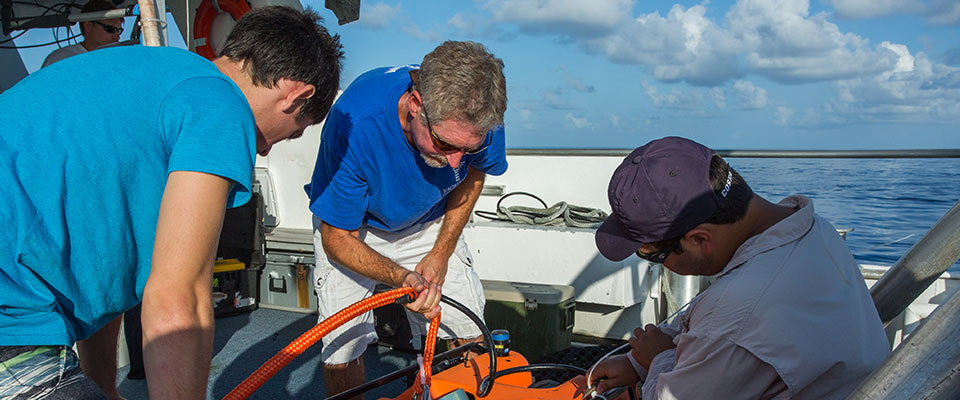
School of Earth, Environmental, and Marine Sciences Faculty Publications and Presentations
Carapacial Shell Disease Process Revealed by a Long-term Field Study of the Yellow Mud Turtle, Kinosternon flavescens, in Texas
© 2020 Society for the Study of Amphibians and Reptiles. Original published version available at https://doi.org/10.1670/19-032
Abstract
While shell diseases may be often encountered in captive aquatic turtles maintained in less than optimum conditions, cases of nonulcerating shell disease in wild populations are rare. We discovered lesions on the carapace of individual Kinosternon flavescens (Yellow Mud Turtle) adapted to a highly aquatic existence in the artificial ponds of a cattle ranch in the Chihuahuan Desert of west Texas. Because the carapacial lesions seemed to represent a continuum of a single process, we followed the gross changes in the lesions on turtles over a 13-yr period, testing the hypothesis that we were seeing a progressive shell disease. We confirmed our working hypothesis as we observed Arnoldiella chelonum, a common, filamentous alga, protruding from enlarged pores in newly formed shell and growing under translucent shell lamellae. As the disease advanced, our gross and histological studies revealed that algae were found between more of the shell lamellae, eventually culminating with sloughing of lamellae. Erosion of lamellae led to a localized but complete loss of portions of the scute and exposure of underlying bone. We provide data on the occurrence of this condition among the marked population and progression of the lesions to more-severe forms in individual turtles. Studies of specimens in research collections provided evidence of our observed disease process in K. flavescens across time and throughout the distribution of the species in Texas.We suggest that, by capitalizing on permanent artificial water sources, K. flavescens has serendipitously allowed A. chelonum to invade and damage the nonliving portion of the shell.

